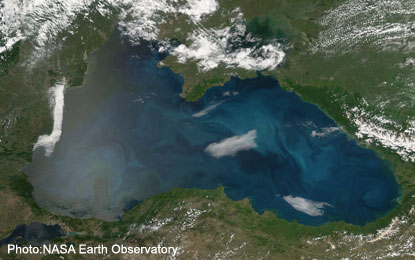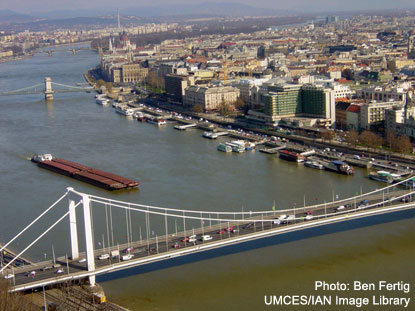


This large, inland sea has also been affected by humans for centuries. As happened near the Baltic Sea, nutrients entering the system from rivers like the Danube began to increase sharply in the 1960s, causing an increasing dead zone on the northwestern part of the Black Sea. This new dead zone was an addition to the permanent dead zone that exists in the deepest parts of the sea. Following the collapse of the Soviet Union in 1989, however, a rapid slowdown of intensive farming and the large-scale raising of livestock in the Danube watershed caused great reductions in the amount of nutrients entering the northern Black Sea. As a result, the dead zone of the Northwestern Black Sea all but disappeared by the mid-1990’s, which gives promise that large reductions in nutrient load will indeed reduce the frequency and extent of dead zones.